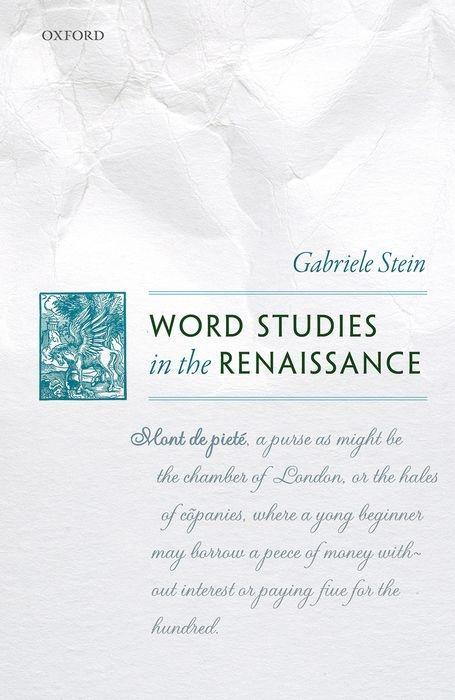
Zustellung: Fr, 01.08. - Mi, 06.08.
Versand in 2 Wochen
VersandkostenfreiThis volume examines the ways in which Renaissance lexicographers selected, described, and analysed the lexicon. It explores the extent to which bi- and multilingual word lists and dictionaries in the 16th century are often pan-European in character, and discusses the increasing use of typography to present lexical information structure.
This volume examines the ways in which Renaissance lexicographers selected, described, and analysed the lexicon. It explores the extent to which bi- and multilingual word lists and dictionaries in the 16th century are often pan-European in character, and discusses the increasing use of typography to present lexical information structure.
Inhaltsverzeichnis
- Introduction
- 1: Typography in sixteenth-century English dictionaries
- 2: Claudius Hollyband: The author behind the lexicographer
- 3: On the sources of Huloets Dictionarie (1572)
- 4: Early polyglot word lists: Investigating their relationship
- 5: Hadrianus Junius' Nomenclator reconsidered
- 6: John Palsgrave as a sixteenth-century contrastive linguist
- 7: John Palsgrave's description of French word-formation
- 8: Peter Levins' description of word-formation (1570)
- References
- Index
Produktdetails
Erscheinungsdatum
28. November 2017
Sprache
englisch
Seitenanzahl
250
Autor/Autorin
Gabriele Stein
Verlag/Hersteller
Produktart
gebunden
Gewicht
540 g
Größe (L/B/H)
236/155/23 mm
ISBN
9780198807377
Entdecken Sie mehr
Pressestimmen
Gabriele Stein's Word Studies in the Renaissance sheds light on the kinds of reference works to which translators might have turned, and presents a series of analyses of Tudor lexicography. . . While corralling a potentially daunting level of detail for non-specialists, Stein's volume thus offers a valuable window onto another facet of historically contingent intellectual exchange. Harriet Archer, The English Association
Bewertungen
0 Bewertungen
Es wurden noch keine Bewertungen abgegeben. Schreiben Sie die erste Bewertung zu "Word Studies in the Renaissance" und helfen Sie damit anderen bei der Kaufentscheidung.








